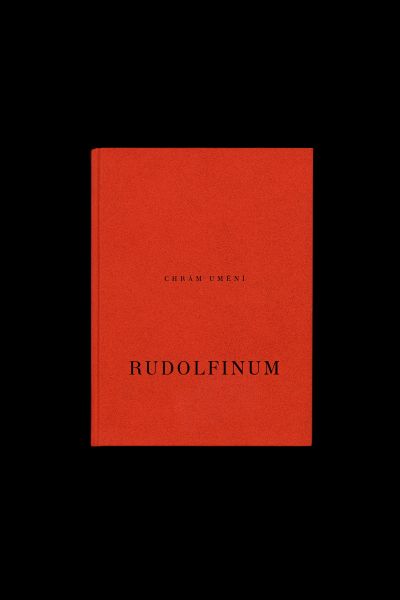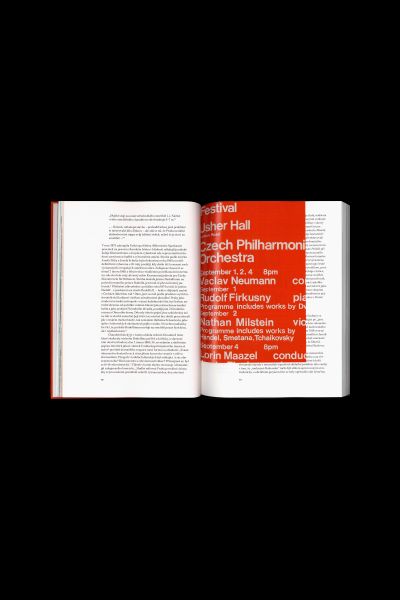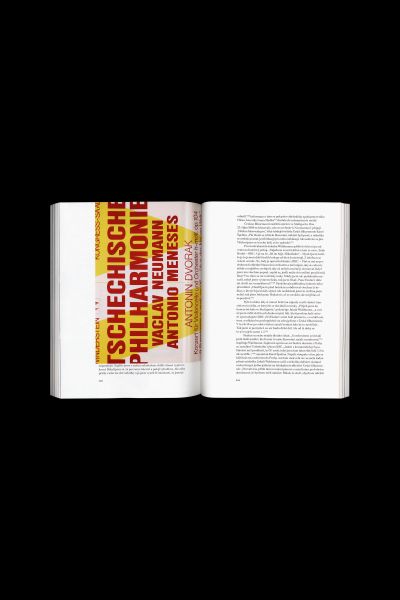Chrám umění: Rudolfinum
- Kategorie
- Bronze Medal
Begründung der Jury
★★
Czech Republic /// Tschechien
★★
A lot of Czech (cultural) history takes place between the red-covered boards, equipped with embossed printing on the front and back. Over 500 pages of historical aspects, including 270 impressive historical photographs, drawings, plans and posters, are devoted to the cosmos of the Rudolfinum.
The Rudolfinum is a building in the Czech capital Prague, designed in the neo-renaissance style. Since its opening in 1885, it has been associated with music and art. Currently, the Czech Philharmonic Orchestra and Galerie Rudolfinum are based in the building.
Moving (music) historical events demand the utmost sensitivity in the design conception of such a comprehensive tome: From the very beginning, it was conceived as a house of artists and was intended to serve the cultivation of music and fine arts. In the newly founded Czechoslovakia, the house was transformed into the House of Deputies in 1920. The Rudolfinum’s Dvořák Hall is one of the oldest concert halls in Europe. On 4 January 1896, Antonín Dvořák himself conducted the Czech Philharmonic Orchestra in its first ever concert in this hall.
But despite so much history, the designers of this extensive work have succeeded, seemingly light-footedly, in giving the publication a new face. With a few smart moves, the dense publication appears easily accessible: The choice of colours for structuring, the shortened coated picture pages, the courageous choice for the design of the captions, the appealing choice of material. But always without losing sight of the historical context or forcing a contemporary face on the content. Content and design remain in balance, in fact they support each other. Printing and paper, for example, are of a more traditional nature. The choice of the Berthe font borrows from the building’s founding period.



